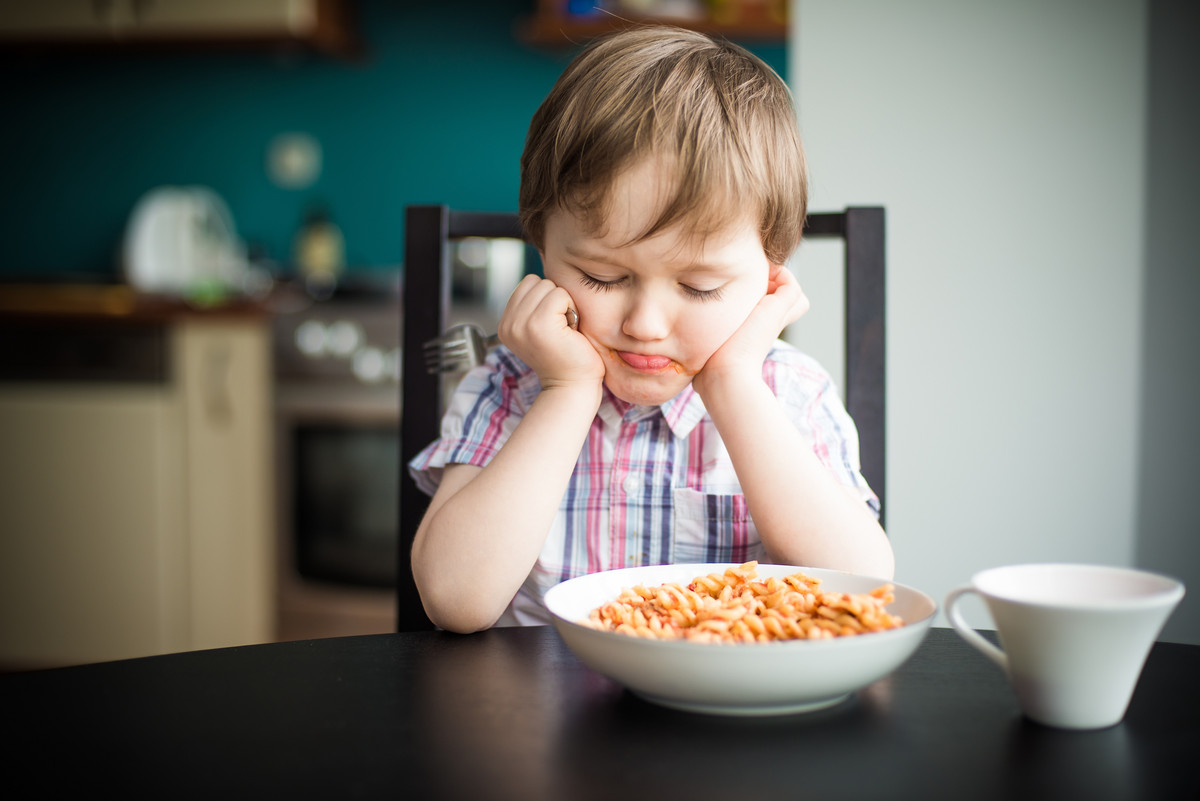On average, each person in the United States can expect to move about 12 times in their lifetime. Ask anyone who has moved even once, and they’ll tell you that moving with kids can be one of the hardest things to do.
Even though they may not be involved when their parents decide that a whole family will move, moving also takes its toll on children. This is why it’s crucial to do as much as you can to ensure that a move causes as little stress as possible to the kids.
Even though moving can be complicated, we all find ourselves having to relocate at one time or another, especially when we’re still young. This is a reality confirmed by the United States Census Bureau, which reports that “At age 18, a person can expect to move another 9.1 times in their remaining lifetime, but by age 45, the expected number of moves is only 2.7.” What this implies is that people are more likely to move when their children are still young.
The good news is that as challenging as moving can be for the kids, you can do a lot to reduce the stress. In this article, we focus on how you can reduce stress when moving with children. We start by exploring why moving can be stressful for children and how moving can affect a child in the long run. The article also provides advice on things you should avoid when moving with children. Finally, we look at how you can help the kids adjust after the move.
Does Moving With Kids Affect Them?
We start with the assumption that moving can stress kids. But how accurate is this assumption? According to scientific studies, this is a very accurate guess.
Based on a study published by the Journal of Epidemiology & Community Health, Foteini Tseliou, Aideen Maguire, Michael Donnelly, and Dermot O’Reilly conclude that there is a “close relationship between address change in early years and later poor mental health.”
Tseliou and colleagues add that “Residential mobility may be a useful marker for children at risk of poorer mental health in adolescence and early adulthood.”
Shigehiro Oishi from the University of Virginia and Ulrich Schimmack from the University of Toronto Mississauga conducted a study where they “tested the relation between residential mobility and well-being in a sample of 7,108 American adults who were followed for 10 years.”
From their study published by the Journal of Personality and Social Psychology, Oishi and Schimmack concluded that “The more residential moves participants had experienced as children, the lower the levels of well-being as adults.” The two scholars arrived at another interesting observation: the negative association between well-being and the number of residential moves was apparent among introverts but not extroverts.
Licensed Mental Health Counsellor Dr. Brent Potter puts things in perspective when he says, “According to the Holmes-Rahe Life Stress Inventory, moving is one of the most stressful life events. It creates major upheaval in your routines and living conditions.” The Holmes-Rahe Life Stress Inventory is a tool that helps individuals measure the amount of stress they experienced in a specific time frame.
Dr. Brent adds, “And it’s [moving]no less stressful for kids—in particular, frequent moves can have detrimental long-term impacts on kids.”
Focusing On Social Relationships
It can be deduced from the two studies and views of Dr. Potter above that moving many times can have a negative effect on an individual’s later life. However, most people can’t remain in the same place throughout their entire lives. Therefore, we need to ensure that the adverse effects of moving on kids are minimised.
The conclusion that this negative effect is only apparent among introverts shows the importance of social relationships in dealing with the stress related to moving. This is a vital discernment for parents who want to find active ways of reducing the negative impact of moving on their kids. It encourages them to focus on the child’s social relationships.
Why Is Moving Stressful For Kids?
In most cases, moving can present a chance to start afresh in a new place with new possibilities. Many people move because they are upgrading to a better home in a superior neighbourhood. Even though this is expected to be exciting for everyone moving, it’s not always the case because change can bring anxiety and stress.
Whether you’re moving halfway across the world or going around the corner, change is inevitable. The kids will be moving into a new home with a new layout. In most cases, they will be leaving behind friends. They may also have to change schools and teachers. These changes can lead to stress and anxiety.
When the child has to move schools, they will worry about making friends in an environment where other kids have already formed friendships. The new school may have a different set of subjects, which the child did not do at the previous school. Even when the subjects are the same in the old and new school, the child may get into a new school and discover that the learning stages in the new school are different from the one they have just left.
The childhood psychology expert and member of the Society of Clinical Research Associates, Lauren DiMaria, says that “A move combined with a change in the family could be traumatic for a child and trigger feelings of insecurity, isolation, or anger, which are often seen in depression.” This view implies the need to take extra care when moving because of a divorce or a changing family structure.
Signs Of Stress And Anxiety
It’s important to note that not all kids will be negatively affected by moving to a new home. Studies have shown that extroverted children are less likely to be negatively affected by moving in the long term. After all, as extroverts, they are likely to create new social relationships and make friends with relative ease.
But how do you know if your child may be stressed or anxious before or during the move? Look out for the following physical signs of stress listed by the U.S National Library of Medicine’s MedlinePlus.gov:
- Changes in eating habits or decreased appetite
- Headache
- New or recurrent bedwetting
- Nightmares
- Sleep disturbances
- Upset stomach or vague stomach pain
- Other physical symptoms with no physical illness

MedlinePlus.gov also lists some behavioural signs that indicate the possibility of increased stress levels.
- Anxiety, worry
- Inability to relax
- New or recurring fears, including being afraid to be left alone, of the dark, or strangers
- Clinging, refusing to let you out of sight
- Anger, crying, whining
- Inability to control emotions
- Aggressive or stubborn behaviour
- Going back to behaviours present at a younger age
- Refusing to participate in family or school activities
Reducing Stress When Moving With Children
Now that we know children can be stressed by moving, and we can recognise some of the signs to look out for, let’s focus on reducing this stress and ensuring that the move goes as smoothly as possible.
Inform The Kids About The Move
As soon as you are clear that the move is inevitable, inform the children. In an article published by PsychologyToday.com, Dr. Sarah Rasmi advises parents to be upfront about the move while informing their children about it. This means that children need to know why the move is happening and that it is not negotiable.
Dr. Rasmi says that parents should help their kids understand the positive aspects of the move. However, she still says that parents will need to accept that the children may be upset by the move. Therefore, the kids must be allowed adequate time to process what they have just heard. Parents should be ready to answer any questions that children may have—as honestly as possible.
Involve The Child In Making Decisions
It can be tricky to decide how much children should be involved in making decisions about a move. Even though parents are not expected to involve the kids in every decision they make about the move, there are specific aspects of the move children can make decisions about. Examples include which of the kid’s belongings should be taken and what should be given away. Children can also make decisions about the colour they want their new bedrooms painted and other aspects.
In an article published by FoxBusiness.com, Donna Fuscaldo advises parents: “While it’s important to consider the kids in major purchases or life changes, experts advise parents to draw a line in how much clout their opinions carry.” She adds, “After all, kids are exactly that kids, and their motivations to live in a particular town or home will be a lot different than what parents should be considering.”
It is also important to ask children how they would want to keep in touch with their old friends. However, it is correspondingly vital that you help them establish new friends wherever you are moving to. Take special care to assist introverted children in making friends by creating opportunities to meet other kids of their age group. This could involve joining a local scout group or another similar community of kids.
Make The Move Fun
Whether the kids will feel negative or positive about a move will depend on your attitude about the move. This is because parents’ feelings can influence the way children feel. To make a move more interesting, you will need to be creative. Below are examples of things you can incorporate into the move:
- Keep the kids busy by asking them to help.
- Invite your kids’ friends to a farewell party where everybody can say goodbye.
- Ask your children to select songs you’ll play while packing and during the move.
- If you’re moving to a faraway place, find exciting places along the way where you can stop for some fun.
- Have something to look forward to once all your stuff is packed into your new home, like visiting a famous monument or tourist attraction in the new city you have moved to.
Avoid Doing The Following When Moving With Kids
To ensure a smooth move, you will need to avoid the following:
- Looking stressed and shouting at the kids or each other as parents.
- Not knowing what the kids will eat during the move.
- Not hiring help if it is required.
- Not knowing where any of your children are at any time during the move.
- Forgetting to pack things that the children may need during the move, such as toys, clothes to change, and medication.
- Failing to check for safety hazards like corded blinds, steps, and electrical sockets in both the old and new home.
Helping Children Adjust After The Move
To ensure that the period following the move is not stressful, you’ll need to carefully manage the immediate period after moving into a new home. One way to make sure that the move doesn’t upset the kids too much is to maintain their schedule as close to the one they are used to as possible. This means that mealtimes and bedtime do not change.
Dr. Potter advises that parents should not attempt to unpack everything in one day. He suggests that it’s crucial to ensure that life in the new home returns to normal without delay. In his view, this can be accomplished by designating “a specific time for unpacking each day, and outside of that, don’t let it take over normal family routines.”
You could also speed up the unpacking process by hiring people or asking friends and family to assist.
As a parent, you’ll play a vital role in helping the kids navigate life in the new area. This may involve you taking them to school and speaking with teachers. You may also find yourself helping the kids with other things that you would usually not be involved in, such as going with them to church or the park.
If you notice that any of your kids is struggling at any time of the move, you may want to consider seeking the assistance of a family therapist.
Blog contributed by: Moving Company Reviews
Checkout Nurturey PinkBook, the smartest digital upgrade for the paper red book.







